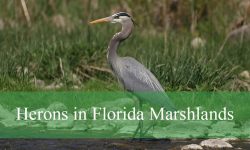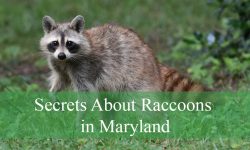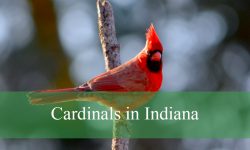Many different kinds of bugs can be found in Florida, some of which are capable of biting or stinging. Travelers steer clear of certain times of day or places (beaches, for example) because of insect activity. While widespread incursions by biting are uncommon, certain species do deliver painful, variable-intensity bites.
Florida’s rich ecosystem produces a wide variety of biting pests, ranging from microscopic insects to biting flies, mosquitoes, spiders, scorpions, and ants. The state’s abundant wetlands and hot, humid weather provide ideal conditions for biting bugs to breed. Although these instances can happen all year round, each species has a peak time of activity that is typically observed in backyard environments.
The article below will help you learn about 32 common types of bugs found in Florida, along with their characteristics and how to identify them.
Different Types of Bugs in Florida
Thorn Bug
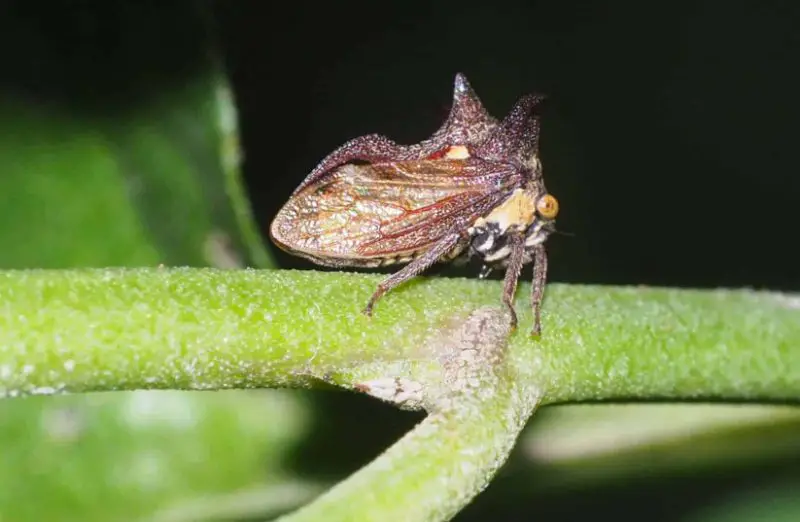
In southern Florida, the Thorn Bug, formally known as Umbonia crassicornis, occasionally becomes a problem for fruit and ornamental plants. This insect damages plants by making holes in them to deposit its eggs and by puncturing plant tissue to feed on sap.
Lovebug
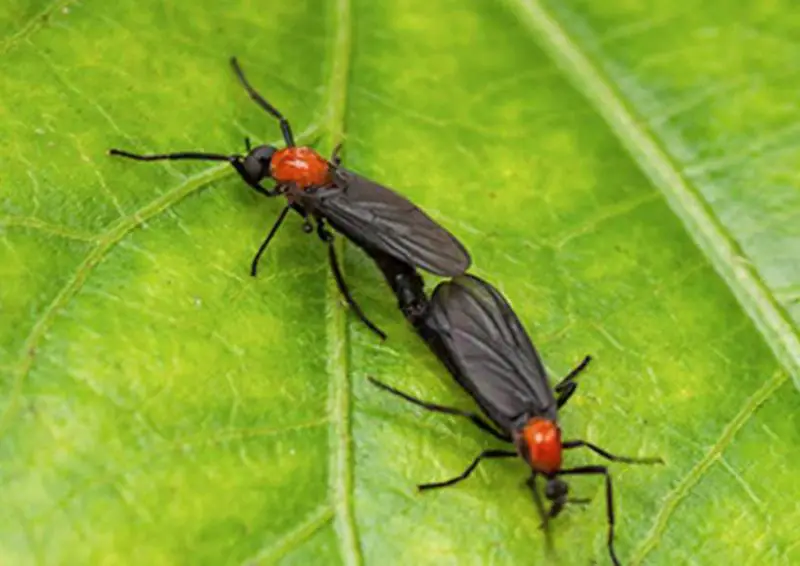
The scientific name for the lovebug is Plecia nearctica, and it gathers in large groups for mating rituals in late spring and early summer. Males and females mate and stay together throughout the process. Crushed bugs are frequently left on vehicles moving through these swarms, and if the insects are not removed right once, the insect residue may damage the paint job.
Florida Scorpionfly
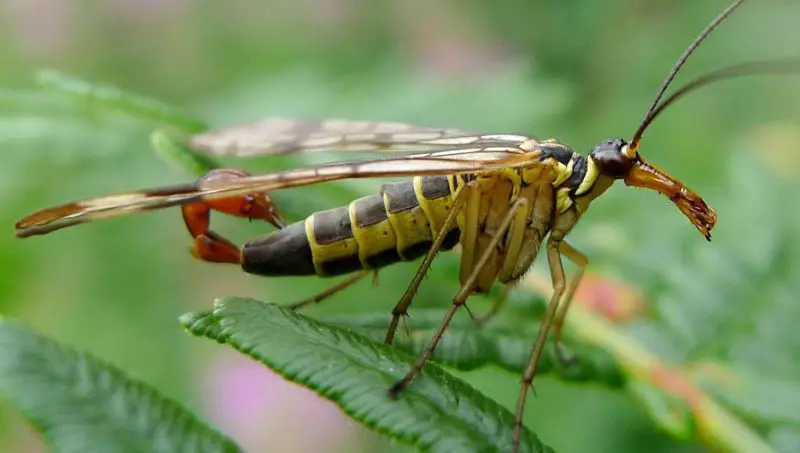
There has never been any documentation of living specimens of Panorpa Floridana, the scientific name for the Florida Scorpionfly. As a result, little is understood about the behavior and life cycle of the insect. The conspicuous stinger on the tail of males of this species is actually a reproductive organ, despite the appearance to the contrary.
Spined Soldier Bug
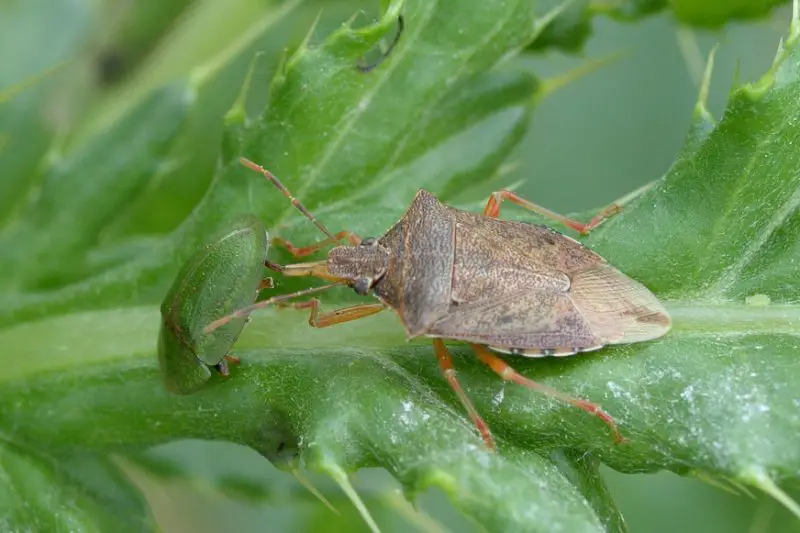
Podisus maculiventris, the scientific name for the spined soldier bug, is a very useful carnivorous insect. It is a natural predator that feeds on about 90 different kinds of insects, many of which are pests of gardens and crops.
Palmetto Bug
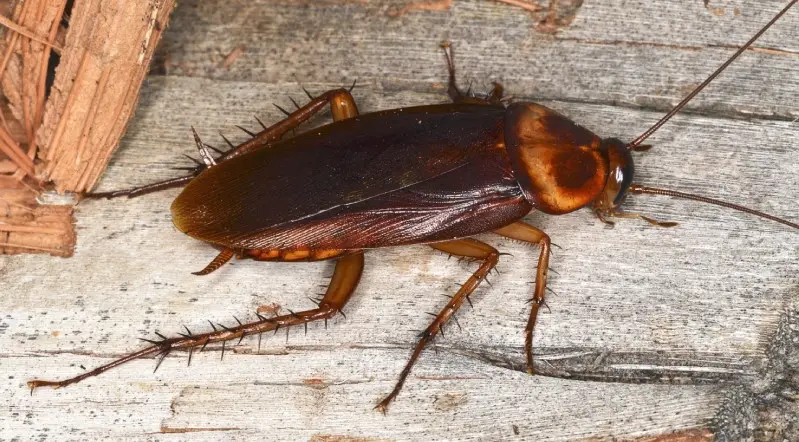
Eurycotis floridana, the scientific name for the palmetto bug, is a large cockroach that can grow to a length of 30 to 40 mm (1.2 to 1.6 inches). It lives outside most of the time, eating leaves and other debris, but it does sometimes enter homes.
No-See-Um

The term “No-See-Um” describes the 47 species of biting midges that are known to exist in Florida and are members of the Culicoides genus. These microscopic insects are well named due to their small size, which makes them challenging to identify. When the wind is quiet, they can be a nuisance to people who are outside, especially in areas close to shorelines or wetlands. Their bites leave the skin covered in tiny red welts.
Yellow Fly
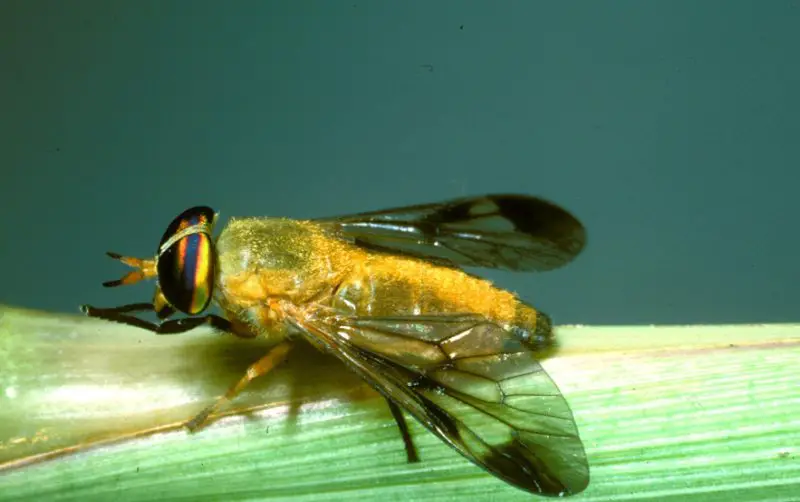
The scientific name for the yellow fly is Diachlorus ferrugatus, and it is well known for its vicious biting habits. After mating, female yellow flies need to feed their eggs blood. Their peak season in Florida occurs from April to June, when they are most active.
Stable Fly (Dog Fly)
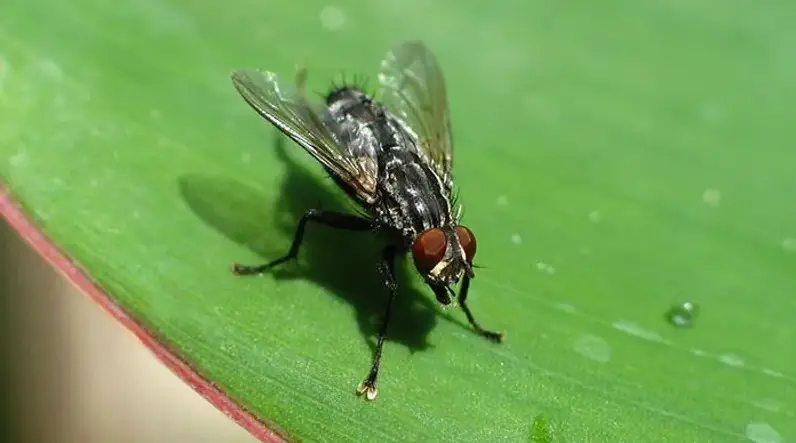
The scientific name for the stable fly is Stomoxys calcitrans. Originally from Asia, it is sometimes referred to as the dog fly and has spread throughout the world. Although it mainly attacks dogs and cattle, humans can also being bitten by it. These fly sometimes congregate in large quantities inside seaweed heaps near the coast in northwest Florida, where they can be dangerous to unwary people. Wind patterns have a significant impact on their frequency and biting intensity, which can occasionally reach levels that interfere with tourism.
Carolina wolf spider
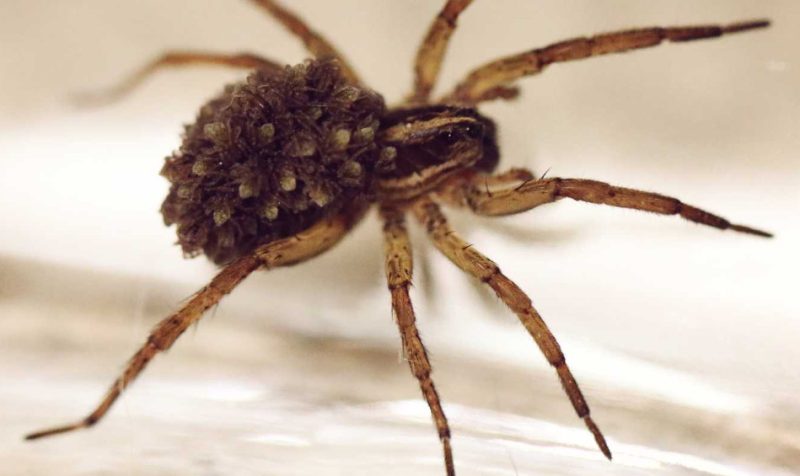
The scientific name for the Carolina wolf spider is Hogna carolinensis, and it can reach a maximum size of 25 mm (0.98 in). They shy away from human contact despite their menacing appearance. Because they mostly prey on pests, these spiders are important in managing insect populations. Notably, it is common for female Carolina wolf spiders to carry their young on their backs.
Red Fire Ant
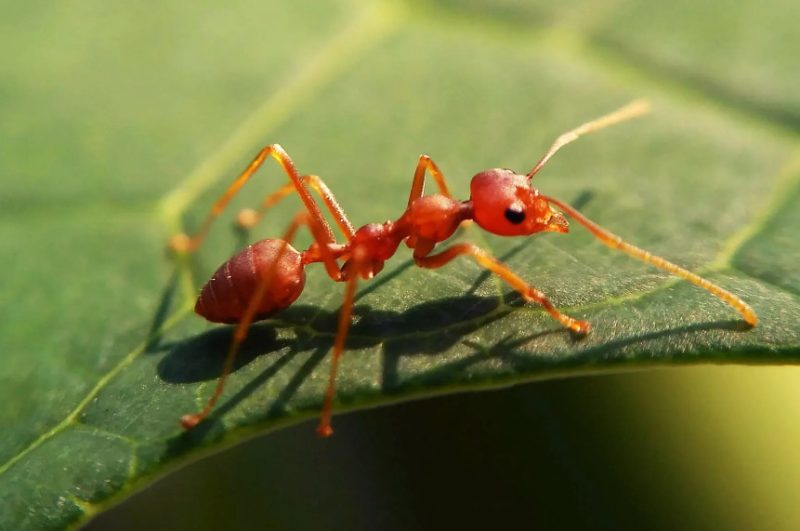
Although native to South America, the Red Fire Ant—scientifically known as Solenopsis invicta—has spread to the southern United States and is now considered a nuisance there. Backyards in Florida are frequently home to fire ant mounds. Fire ant stings are notoriously unpleasant and frequently leave a large pustule on the skin.
Formosan Termite
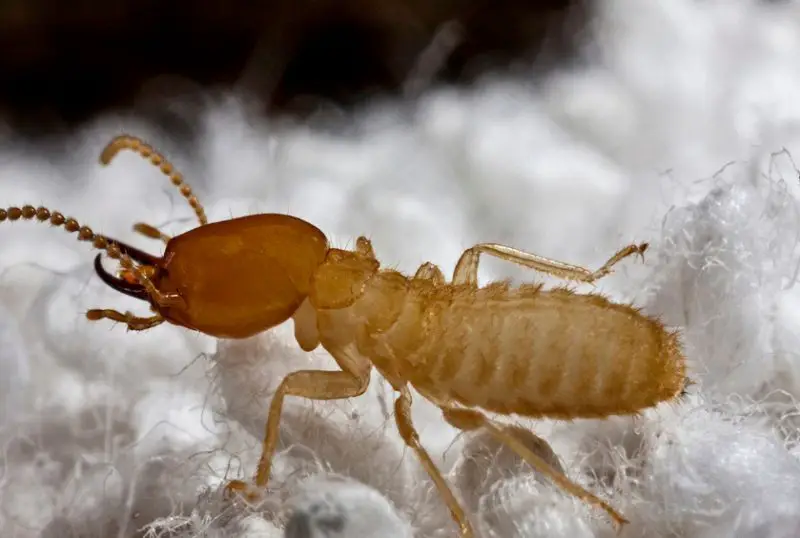
Known by its scientific name Coptotermes formosanus, the Formosan Subterranean Termite is an invasive species that originated in Asia. It initially showed up in Florida circa 1980. These termites, who are frequently referred to as the “super-termites” because of their extremely destructive behavior, can seriously harm wooden constructions in as little as three months.
Citrus Leafminer
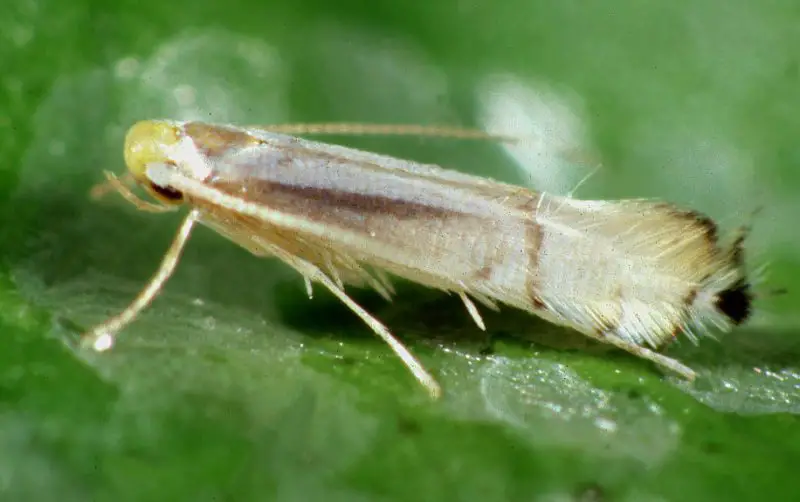
Phyllocnistis citrella, the formal name for the Citrus Leafminer, is an invasive Asian species that was first discovered in Florida in 1993. This moth’s larvae cause extensive damage and pose a serious threat to the Florida citrus industry by burrowing into the leaves of citrus trees.
Southern Mole Cricket
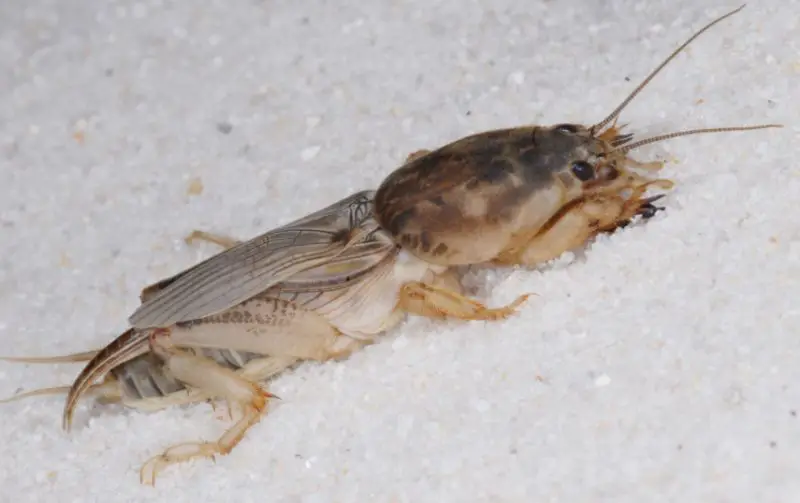
Scapteriscus borellii, the scientific name for the Southern Mole Cricket, is an invasive species that comes from South America. These insects, which are around 3–5 cm (1.2–2.0 in) long, are frequently observed in Florida yards with a lot of turf grass. Mole crickets cause harm to lawns by tunneling beneath the turf and eating the grass roots.
Yellow Fever Mosquito
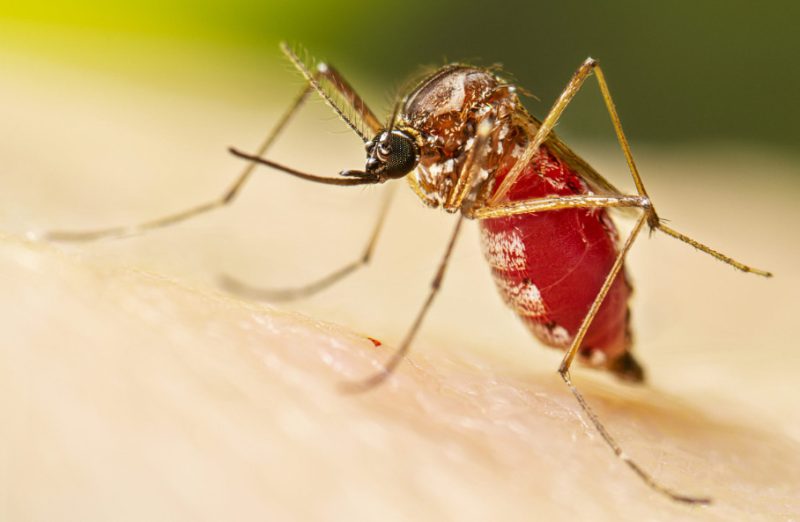
Scientifically known as Aedes aegypti, the Yellow Fever Mosquito is an invasive species thought to have originated in Africa and traveled to the New World through the slave trade. This particular species of mosquito is well-known for spreading illnesses including yellow fever, chikungunya, and dengue fever, among others. Before efficient mosquito control methods were put in place around 1900, tropical and neotropical regions were particularly vulnerable to yellow fever threats. By 1937, a yellow fever vaccination had been created.
Eastern Velvet Ant
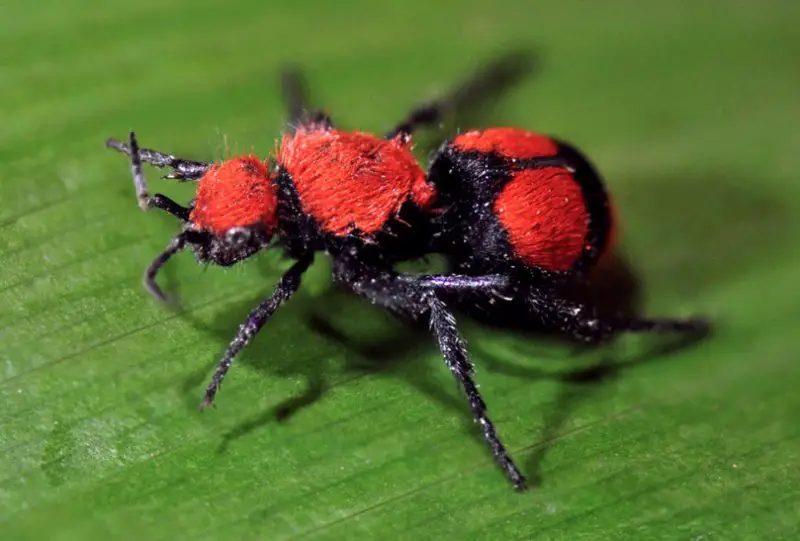
Contrary to what its name might imply, the Eastern Velvet Ant, or officially known as Dasymutilla occidentalis, is a wingless species of wasp. Its length is around 0.75 inches (1.9 cm). Women have a strong sting that is so painful that it is nicknamed “cow killer.”
Eastern Carpenter Bee
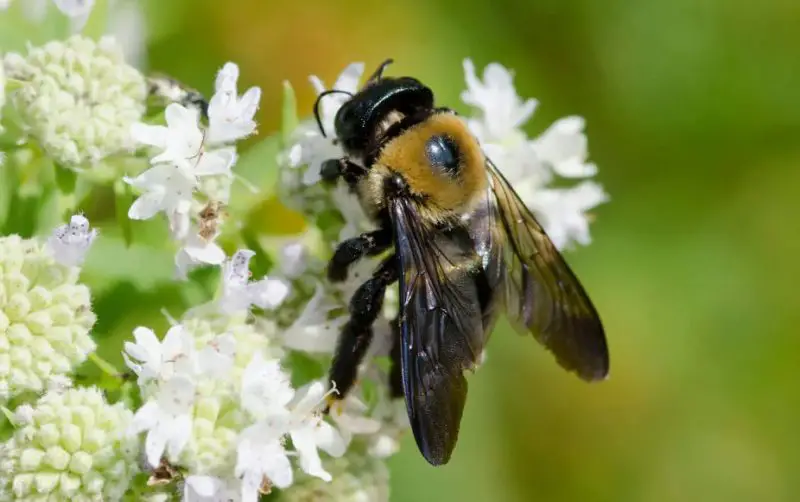
Xylocopa virginica, the scientific name for the Eastern Carpenter Bee, is sometimes confused for a giant bumblebee because of their similar size and look. Occasionally, these bees cause holes in wooden constructions, which is a small annoyance. It’s important to note that only female Eastern Carpenter Bees possess stingers.
American Dog Tick
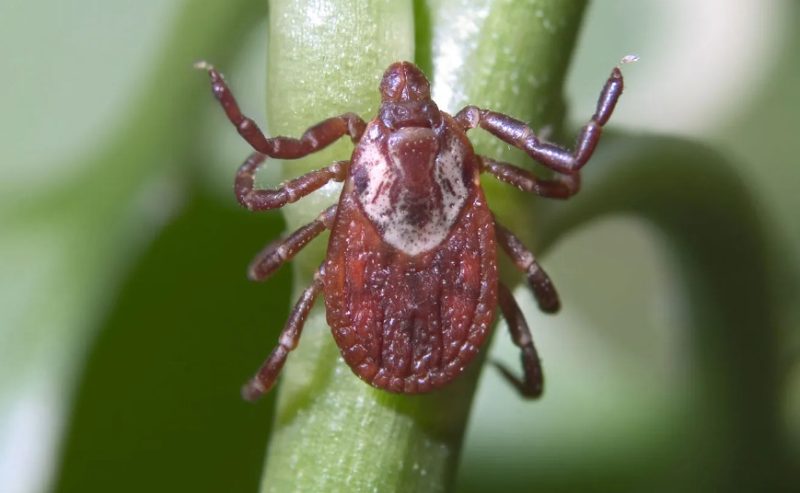
Dermacentor variabilis, the scientific name for the American dog tick, is found in Florida and other eastern and southern parts of the United States. It is one of the most well-known hard ticks that can transmit tularemia and Rocky Mountain spotted fever.
Asian tiger mosquito
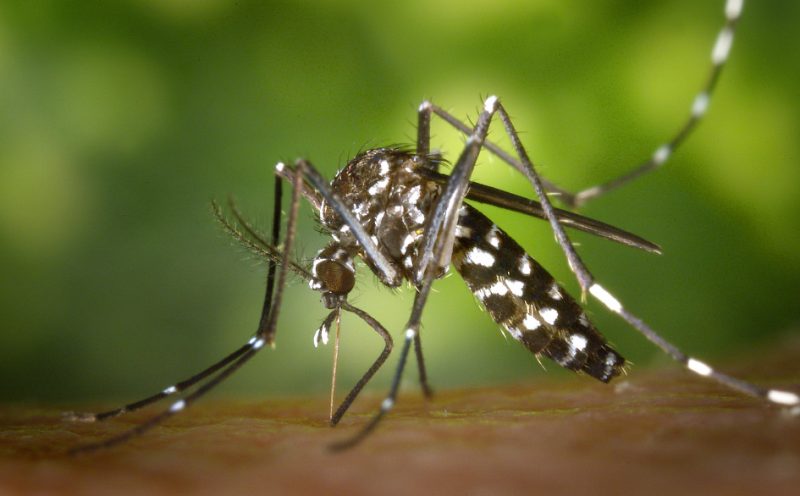
The Asian tiger mosquito, officially known as Aedes albopictus, was discovered in Florida for the first time in 1986. It acts as a carrier of several illnesses, such as equine encephalitis.
Tomato Hornworm
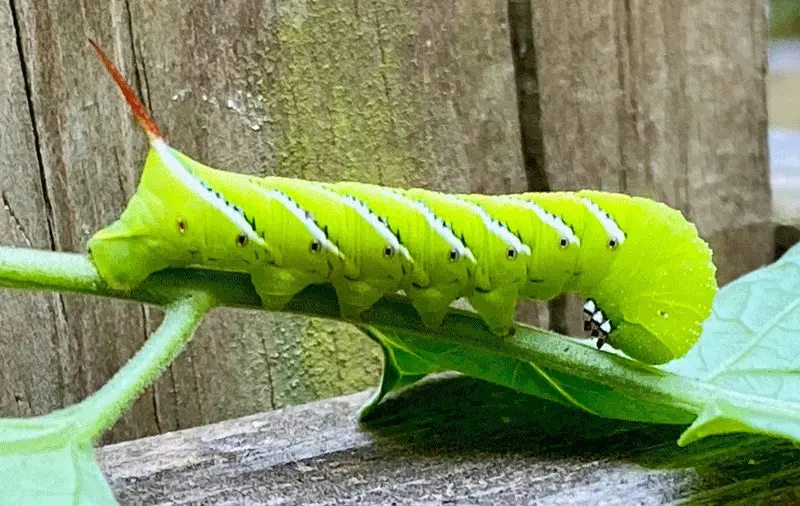
The Five-Spotted Moth larvae are known by their scientific name, Manduca quinquemaculata, or tomato hornworms. These enormous caterpillars are often found in backyard gardens, gobbling up tomatoes, potatoes, eggplants, and peppers. They are infamous for their ravenous hunger. These plants’ leaves can be quickly stripped off by their eating habits.
Brown Recluse Spider
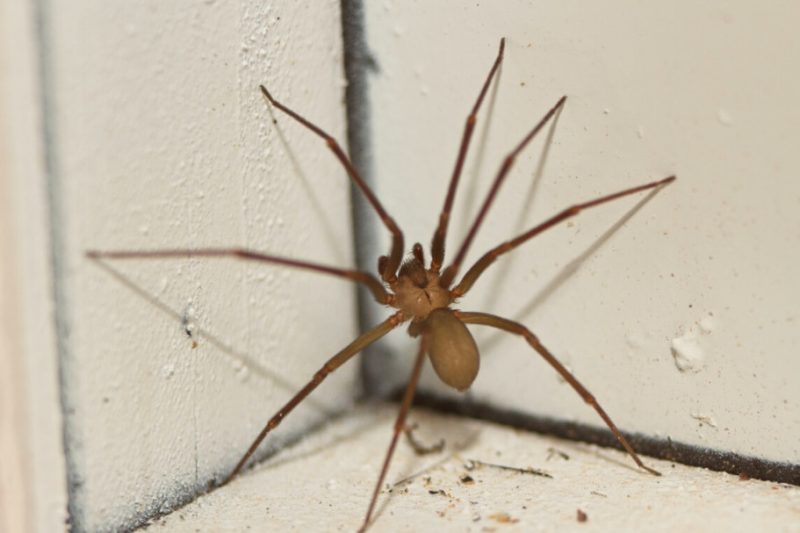
The scientific name for the Brown Recluse Spider is Loxosceles reclusa, and it only natively occurs in the farthest northwest region of the Florida Panhandle. This spider, known for its strong venom, can bite with catastrophic consequences. Thankfully, there are very few instances of this species biting people.
Two-Striped Walkingstick

The most common stick insect species in Florida is the Two-Striped Walkingstick, or formally known as Anisomorpha buprestoides. It is frequently seen grazing on the leaves of trees and bushes.
Hieroglyphic Cicada
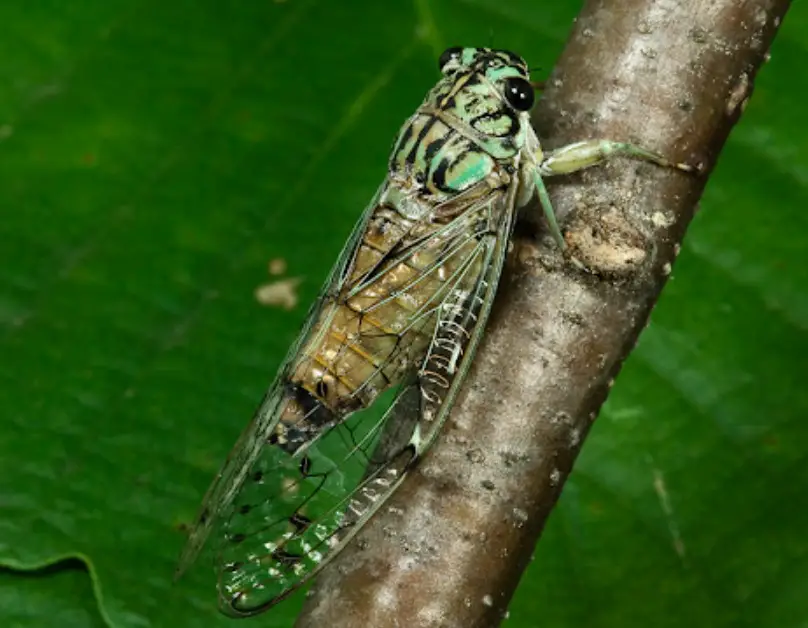
The scientific name for the Hieroglyphic Cicada is Anisomorpha buprestoides, and it prefers to feed on the sap of oak trees. Its song, which starts with a succession of milder whiny blasts and ends with a continuous whine, makes it one of the first species to be heard in the spring.
Florida Carpenter Ant
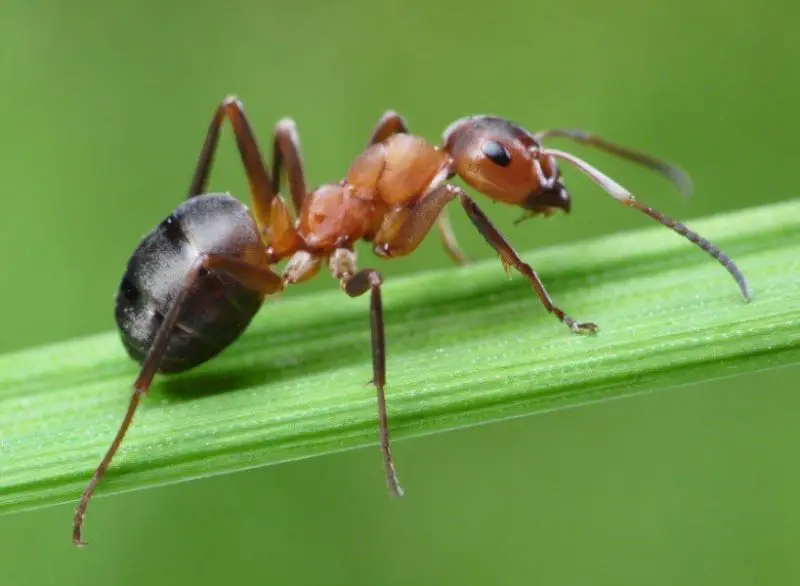
One of the biggest ant species living in Florida is the Florida Carpenter Ant, or Camponotus floridanus in scientific parlance. They can bite, even though they don’t have stingers. These ants usually build their nests in wood that is soft, rotting, or pithy.
Southern Black Widow
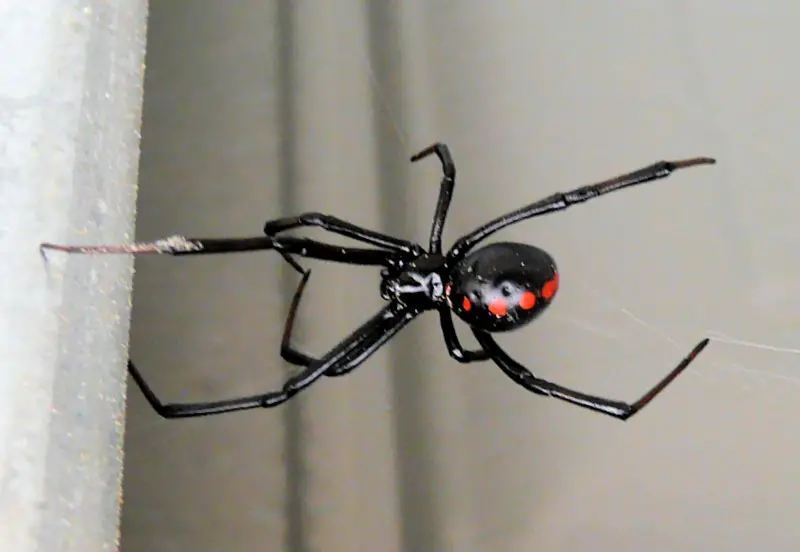
Latrodectus mactans, the scientific name for the poisonous Southern Black Widow spider, is found throughout the southeastern region of the United States. Its preferred habitats include hollow tree stumps, rat burrows, and piles of wood and rock.
Citrus Gall Midge
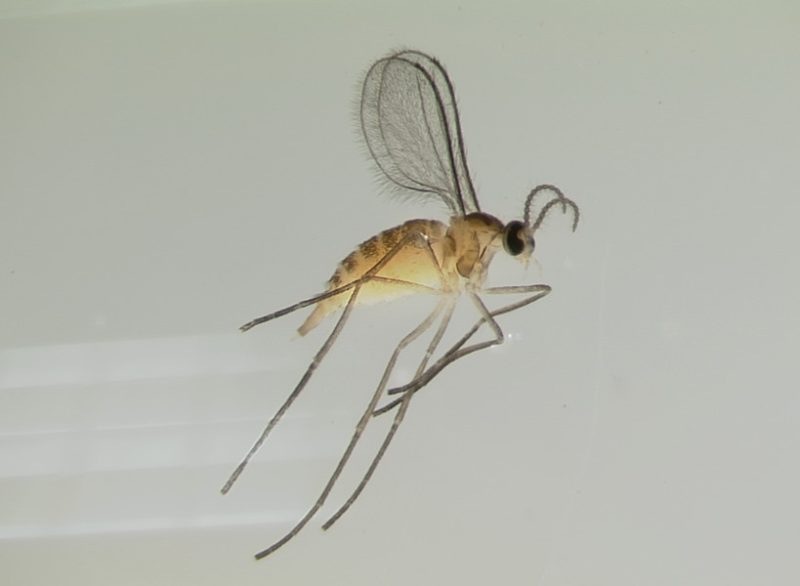
Prodiplosis longifila, the scientific name for the tiny midge species known as Citrus Gall Midge, lays its eggs inside the buds of lime plants. After hatching, the larvae damage and interfere with the growth of the fruit by eating the flowers.
Catalpa Worm
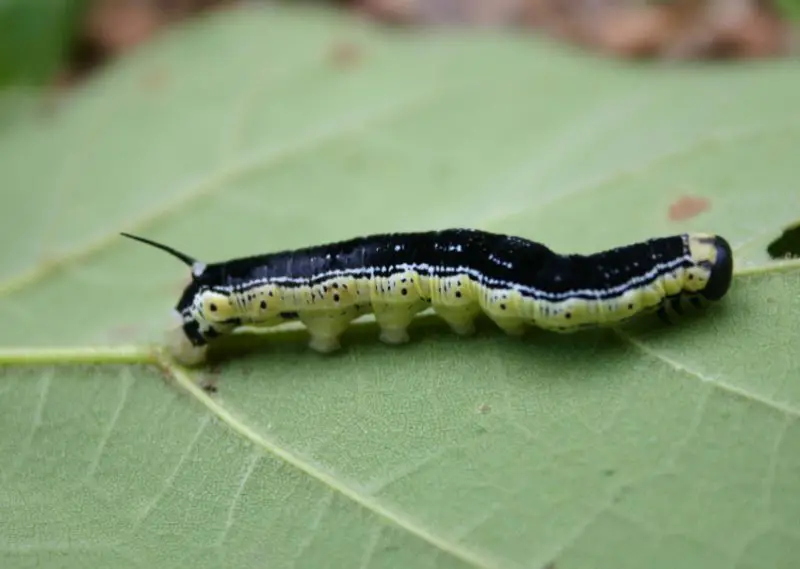
The caterpillar stage of the Catalpa Sphinx Moth is called the Catalpa Worm, or Ceratomia catalpae in scientific terminology. The colorful larvae of these moths are produced when their eggs are laid on the leaves of southern catalpa trees. These caterpillars are highly prized by fishermen as bait.
Zebra Longwing Butterfly
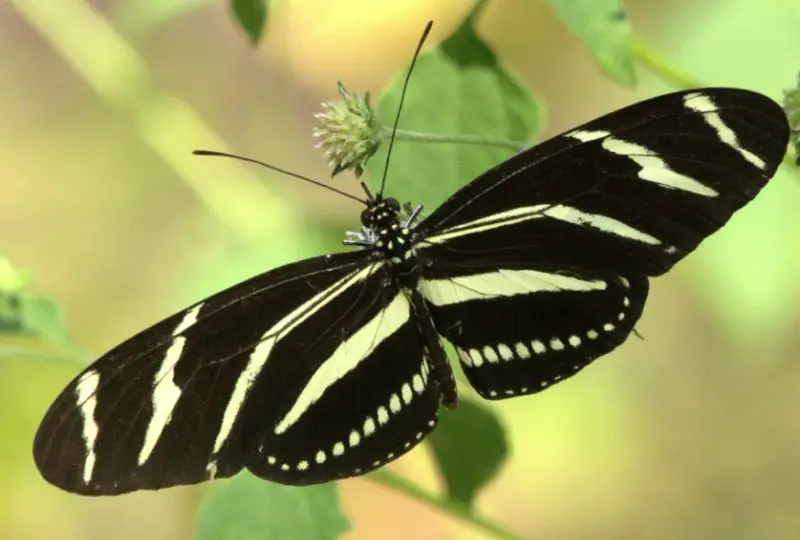
The state butterfly of Florida is the Zebra Longwing Butterfly, or Heliconius charitonia in scientific parlance. It deposits its eggs on the leaves of the passion fruit vine, and the larval (caterpillar) stage displays vivid colors.
Miami Blue Butterfly
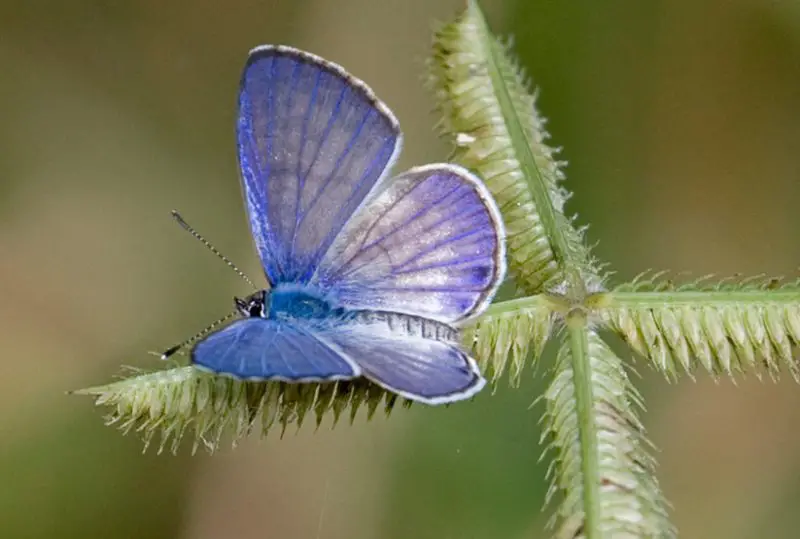
Cyclargus thomasi bethunebakeri, formally known as the Miami Blue Butterfly, is a little species that is indigenous to the coastal regions of southern Florida. Its environment originally supported a large population, but habitat degradation has left it critically endangered. In the United States, it is considered to be one of the rarest insects.
Florida Predatory Stinkbug
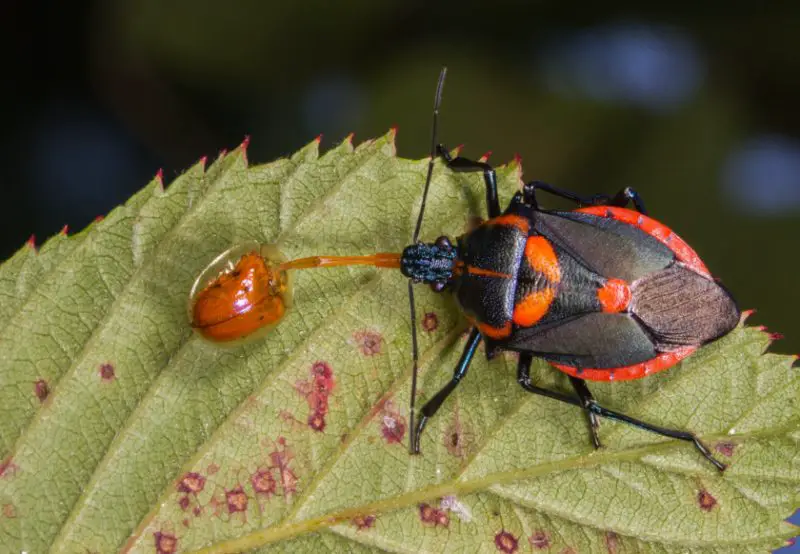
Because it is a carnivore, the scientific name for the Florida Predatory Stinkbug is Euthyrhynchus floridanus, and it is a great asset to humanity. It provides great benefits for controlling pests because it mostly feeds on beetles, caterpillars, and plant-damaging insects.
Gulf Coast Tick

Amblyomma maculatum, the scientific name for the Gulf Coast Tick, is found throughout the southern United States, including the entire state of Florida. Its increasing importance is due to its capacity to spread a variety of infections that are of concern to veterinarians and medical professionals alike.
People Who Read This Also Read:

